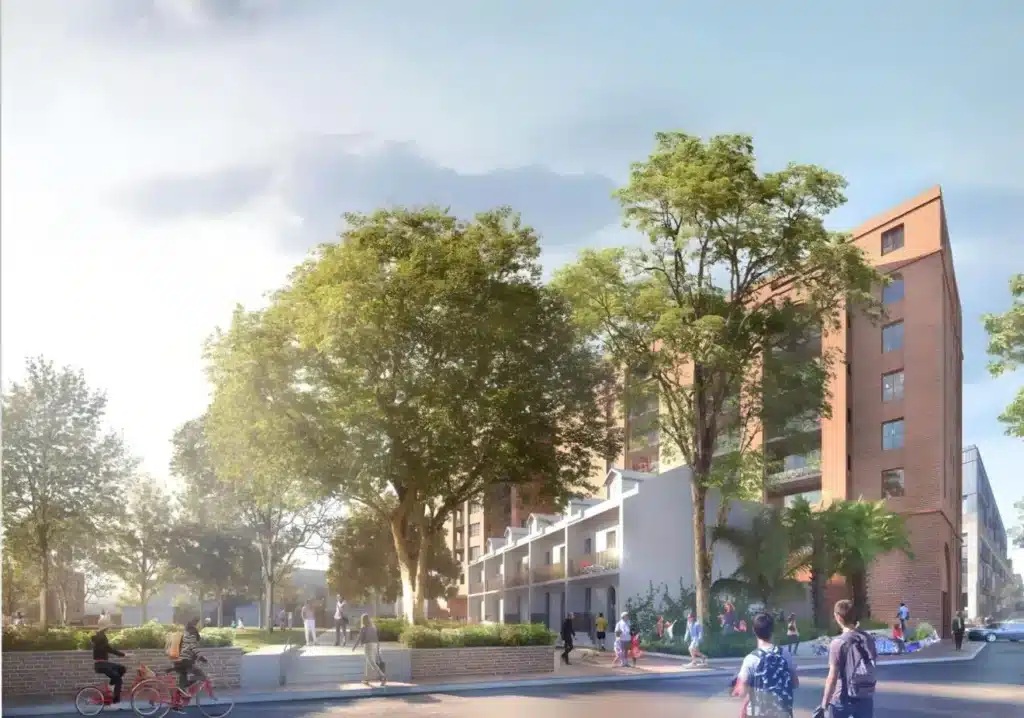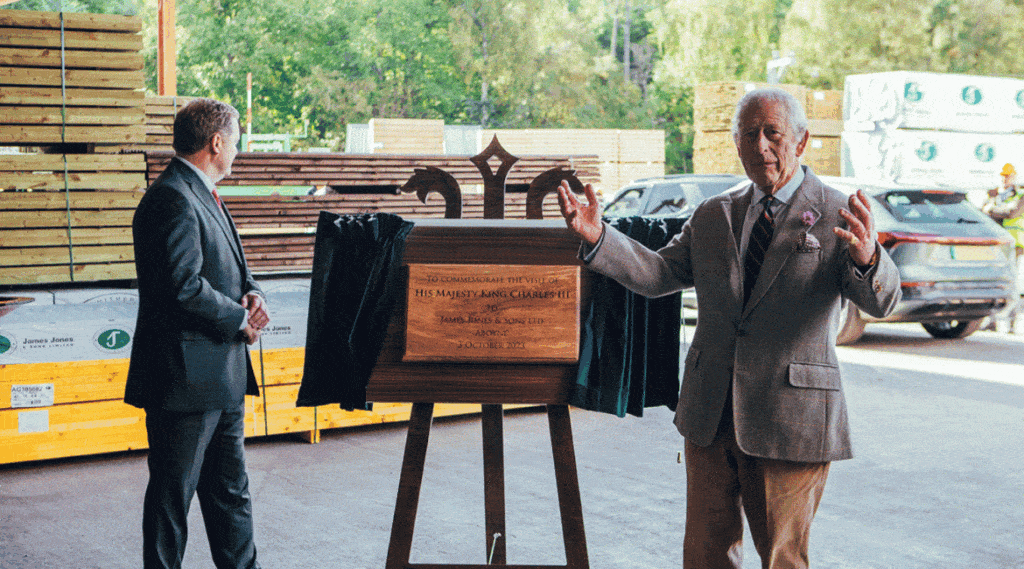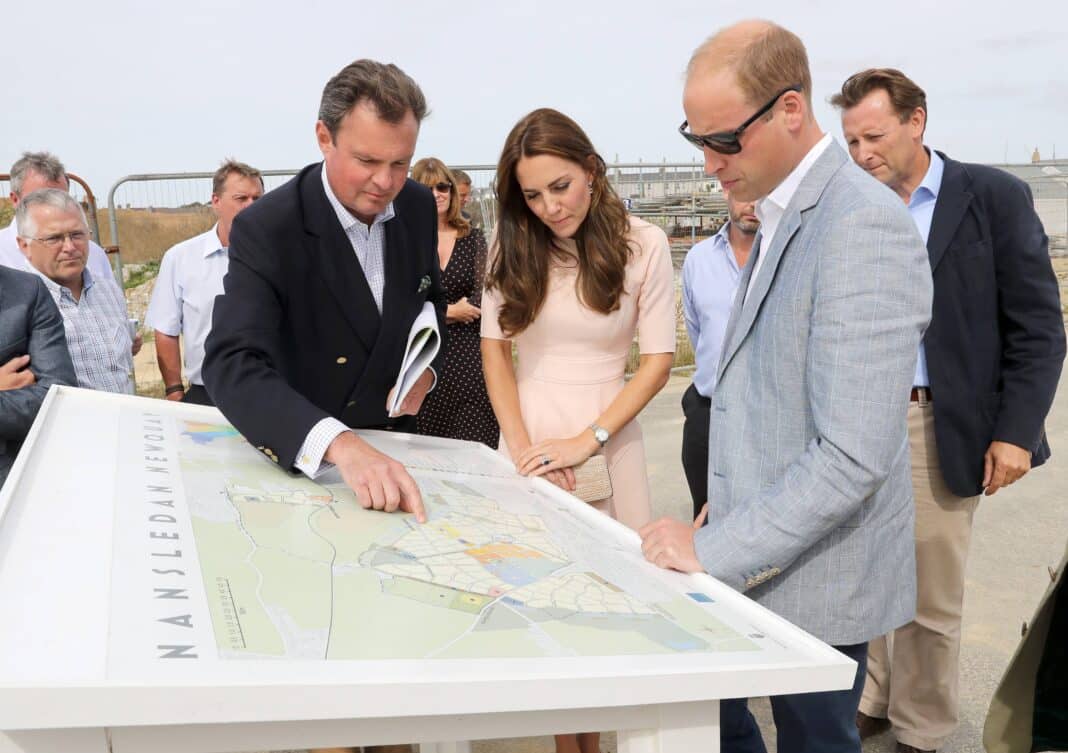The Prince of Wales is spearheading a new initiative to construct social and affordable housing on the lands of the $1-billion plus Dutchy of Cornwall estate – which covers more than 50,000 hectares of royal lands.
On Sunday, Prince William announced the first stage of the Homewards initiative, which will see 24 “low carbon houses” constructed in Cornwall, with the project eventually leading to hundreds of new houses built in six different locations across the UK.
In announcing the initiative, the Prince told the UK newspaper The Sunday Times that he was determined to put social housing on the Duchy of Cornwall land.
Ben Murphy, the estate director at the Dutchy of Cornwall, added that “as one of his key priorities for the Duchy of Cornwall, Prince William asked us to address the homelessness challenge within Cornwall and other areas where the estate resides.”
“The shortage of social rent and private rented properties are widely considered to be the main causes of increasing homelessness across the country, which is why we are proud to launch this project alongside ambitious plans to unlock more affordable and attainable homes across our estate.”
Teaming up with a local Cornish charity, St Petrocs, the new plan is to build homes in Nansledan, Newquay — in the far southwest of England — with Prince William and the Dutchy giving the land for the project and providing the design and development management expertise.
The new low-rise houses will feature time frames, slate roofs, granite lintels, solar panels, heat pumps and colourful timber windows, built in the “traditional Cornish seaside” style and designed by ADAM Architecture and local firm ALA Architects.
According to Hugh Petter, Director at ADAM Architecture, and master planner and the projects coordinating architect, the practice is “so proud to be a small part of this vitally important initiative by HRH The Prince of Wales at Nansledan, Newquay, working with Tricia Langdon of ALA and the Duchy team.”
Is the Prince of Wales following in the footsteps of King Charles III?
In June 2023, William launched Homewards as part of the Prince’s bid to ensure that “everyone should have a safe and secure home, be treated with dignity and be given the support they need.”
It comes as Charles, then Prince of Wales, set up the Prince’s Trust I in 1976 by King Charles III (then Prince of Wales) to help vulnerable young people get their lives on track.
In 2013, the former Prince of Wales established Prince’s Trust Australia – with the charity now playing a significant role in driving mass timber adoption across mid-rise social and affordable housing.
In November, Wood Central exclusively revealed that the Trust’s largest Australian project, The Prince’s Quarter, will see 75 new social apartments and terraced housing constructed in Glebe, Sydney.
Using more than 2,500 cubic metres of cross-laminated timber and 15 cubic metres of glulam, it will see the construction of affordable, lightweight and sustainable accommodation “featuring green roofs, as well as extensive landscaping, accessible apartments and footpath upgrades.”


The King is a long-time supporter of sustainable forestry and, in October, visited the James Jones and Sons sawmill in Aberdeenshire, Scotland – which processes 150,000 tones of PEFC-certified timber from the Balmoral Estate.

Could Homewards drive homegrown timber production and prefab manufacturing across the UK?
Announced in December, the UK unveiled an ambitious timber roadmap, with the government acknowledging that timber construction “is (one of) the best way to reduce emissions in buildings” and meet Net Zero targets.
It will promote English forestry as a “green investment opportunity,” market homegrown C16 softwood timbers “as a fit for purpose” solution and develop higher-strength timbers from its forest resource.
As well as increase collaboration with insurers, lenders, and warranty providers – which could see the government introduce a risk register by 2028 – and invest in volumetric timber and off-site construction systems to develop faster and more circular construction methods.

Just 9% of English homes are timber-framed (based on 2019 figures), which compares to Scotland, where this figure was 92%.
Given England’s low rates of timber building, projects like Homewards -can help unlock the industry’s capacity and help it grow at scale and speed.
“By expanding low-carbon timber construction, particularly in the housing sector, we can decarbonise our built environment whilst simultaneously building high quality, efficient buildings,” according to David Hopkins, the CEO of Timber Development UK.
- Further information about future Homewards projects is expected in the coming months.







